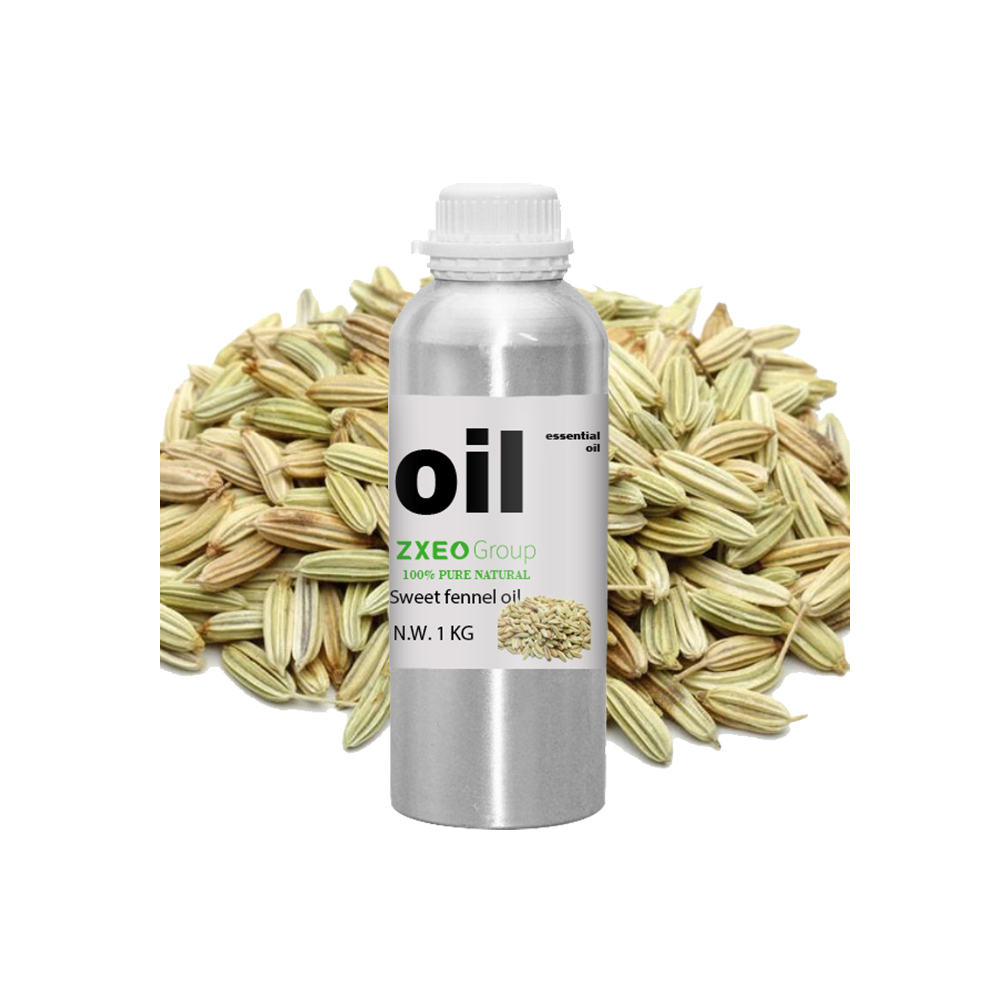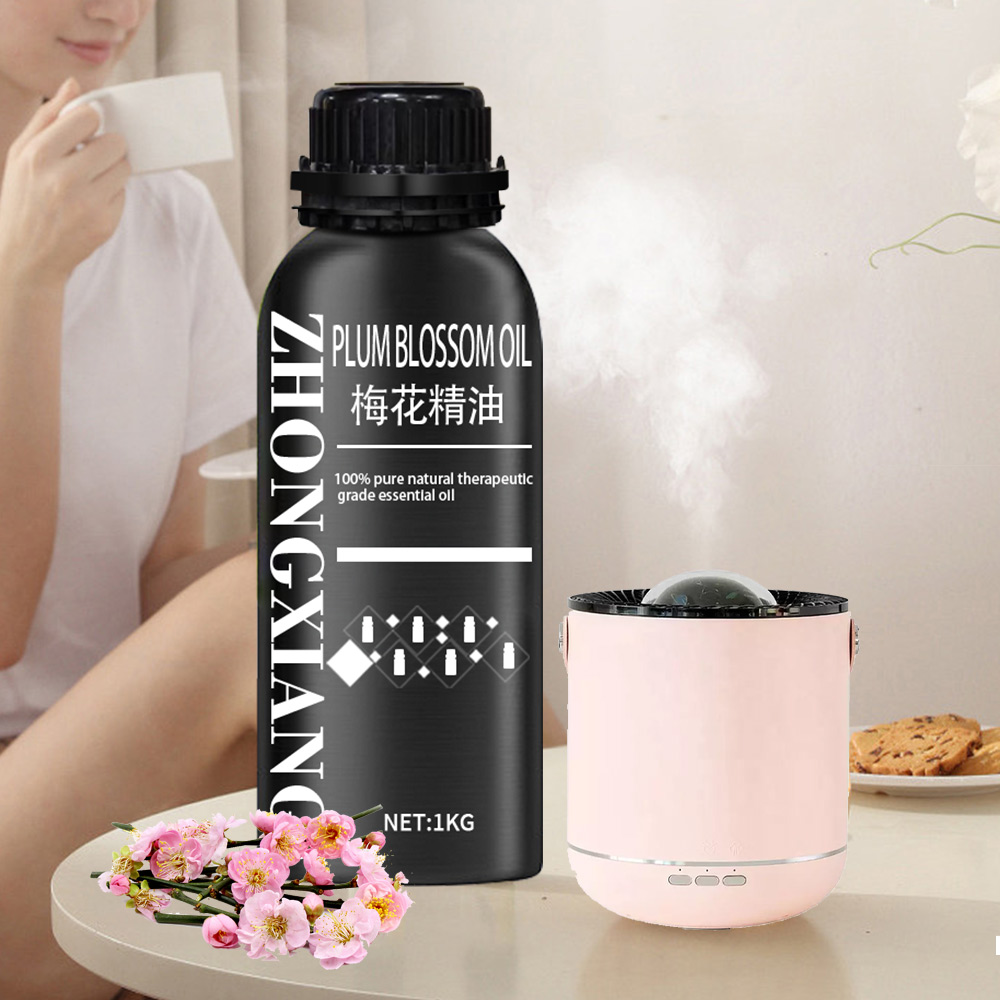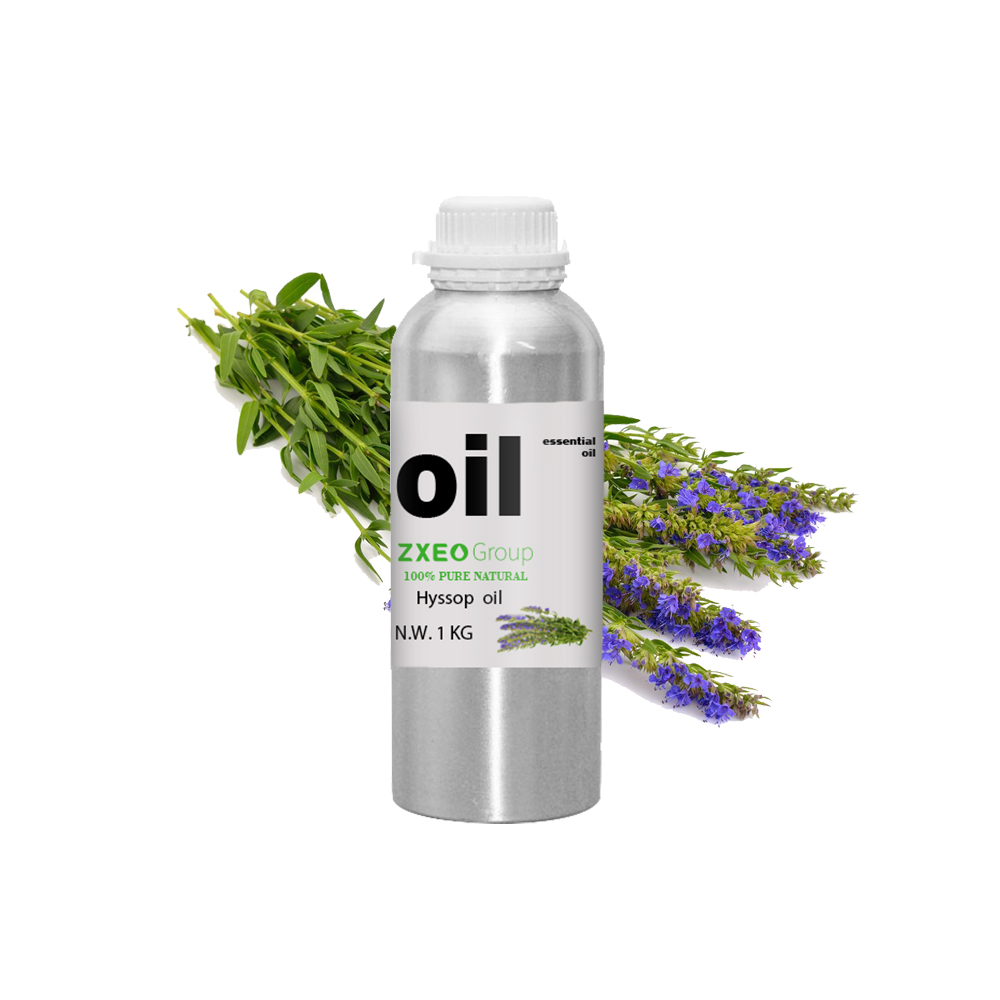short description:
Patchouli Essential Oil’s active chemical components contribute to the therapeutic benefits that give it the reputation of being a grounding, soothing, and peace-inducing oil. These constituents make it ideal for use in cosmetics, aromatherapy, massage, and in-home cleansing products to purify the air as well as surfaces. These healing benefits can be attributed to the oil’s anti-inflammatory, antidepressant, antiphlogistic, antiseptic, aphrodisiac, astringent, cicatrisant, cytophylactic, deodorant, diuretic, febrifuge, fungicide, sedative, and tonic qualities, among other valuable properties.
The main constituents of Patchouli Essential Oil are: Patchoulol, α-Patchoulene, β-Patchoulene, α-Bulnesene, α-Guaiene, Caryophyllene, Norpatchoulenol, Seychellene, and Pogostol.
Patchoulol is known to exhibit the following activity:
- Grounding
- Balancing
- Mood-harmonizing
α-Bulnesene is known to exhibit the following activity:
α-Guaiene is known to exhibit the following activity:
- An earthy, spicy fragrance
Caryophyllene is known to exhibit the following activity:
- Anti-inflammatory
- Anti-bacterial
- Neuro-protective
- Anti-depressant
- Anti-oxidant
- Analgesic
- Anxiolytic
Used topically after dilution in a carrier oil or in a skincare product, Patchouli Essential Oil can deodorize body odors, soothe inflammation, fight water retention, break up cellulite, relieve constipation, promote weight loss, facilitate the faster healing of wounds by stimulating the growth of new skin, moisturize rough and chapped skin, and reduce the appearance of blemishes, cuts, bruises and scars. It is known to fight infections that contribute to fevers, thereby reducing body temperatures. It can also relieve discomfort associated with digestive issues. By boosting circulation and thus increasing oxygen to the organs and cells, it helps the body retain a healthy-looking, youthful appearance. Patchouli Oil’s astringent properties help prevent the early onset of sagging skin and hair loss. This tonic oil improves metabolic functions by toning and strengthening the liver, stomach, and intestines and regulating proper excretion, which leads to an immune system boost that protects against infection and encourages alertness.
Used in aromatherapy, it is known to eliminate unpleasant odors in the environment and to balance emotions. The sedative scent stimulates the release of pleasure hormones, namely serotonin, and dopamine, thereby improving negative moods and enhancing the feeling of relaxation. It is believed to work as an aphrodisiac by stimulating sensual energy and boosting the libido. When diffused at night, Patchouli Essential Oil can encourage restful sleep, which can, in turn, improve mood, cognitive function, and metabolism.
- COSMETIC: Antifungal, Anti-inflammatory, Antiseptic, Astringent, Deodorant, Fungicide, Tonic, Cytophylactic.
- ODOROUS: Anti-depressant, Anti-inflammatory, Aphrodisiac, Deodorant, Sedative, Anti-phlogistic, Febrifuge, Insecticide.
- MEDICINAL: Anti-fungal, Anti-inflammatory, Anti-depressant, Anti-septic, Astringent, Anti-phlogistic, Cicatrisant, Cytophylactic, Diuretic, Fungicide, Febrifuge, Sedative, Tonic.
CULTIVATING AND HARVESTING QUALITY PATCHOULI OIL
The Patchouli plant thrives in the hot, humid temperatures of tropical countries and can be found growing near rice paddies or in open fields. It is also commonly found growing near Coconut, Pine, Rubber, and Peanut trees. The most common way of cultivating Patchouli is by planting cuttings from the mother plant after they are placed in water.
As long as the Patchouli plant receives adequate sunlight and water, it can grow on flat or sloped land. When exposed to high levels of sunlight, the leaves grow thick and small but contain a high concentration of essential oils. Less exposure to sunlight results in leaves that are bigger but that yield a lower volume of essential oils. Sufficient water drainage is necessary, as high water levels can cause the roots to decompose. The ideal soil for growing the Patchouli plant is soft, not tightly packed, and is rich in nutrients and organic matters. It should have a pH that is between 6 and 7. In this ideal environment, Patchouli can potentially grow to a height of 2 and 3 ft.
The area in which the Patchouli botanical grows should be free of all weeds and it should be maintained through fertilization and protection against insect infestations. Patchouli matures at the 6-7-month mark and can be harvested at this point. The seeds that are produced by the plant’s small, light pink, fragrant flowers, which bloom in late Autumn, can be further harvested to grow more Patchouli plants. The setback of this secondary method of growing Patchouli from its flower seeds is that, due to their extreme fragility and small size, if the seeds are handled carelessly or crushed in any manner, they become unusable.
Patchouli leaves can be harvested more than once a year. They are collected by hand, bundled together, and allowed to partially dry in the shade. They are then allowed to ferment for a few days, after which they are exported to the distillery.
FOB Price: US $0.5 - 9,999 / Piece
Min.Order Quantity: 100 Piece/Pieces
Supply Ability: 10000 Piece/Pieces per Month

















